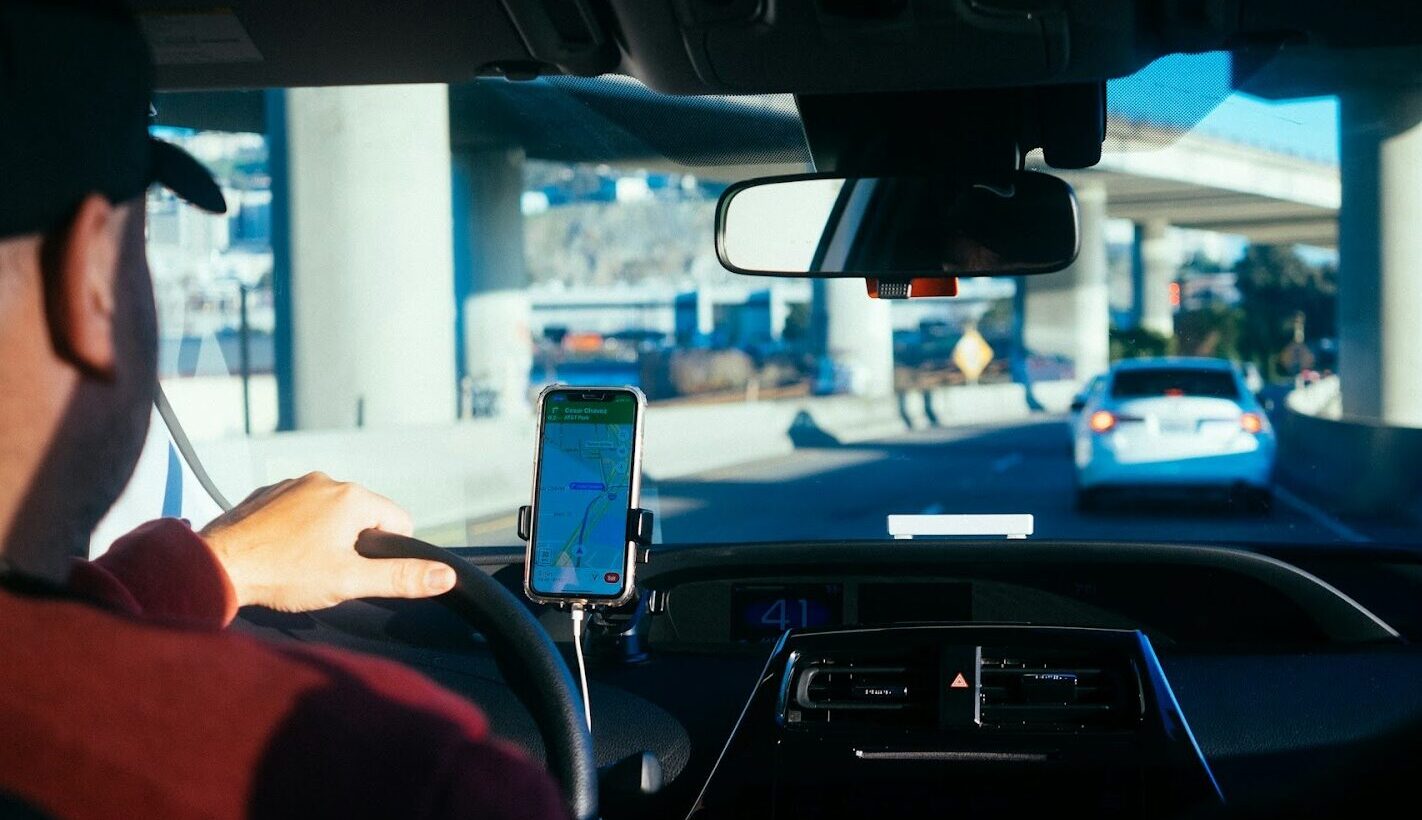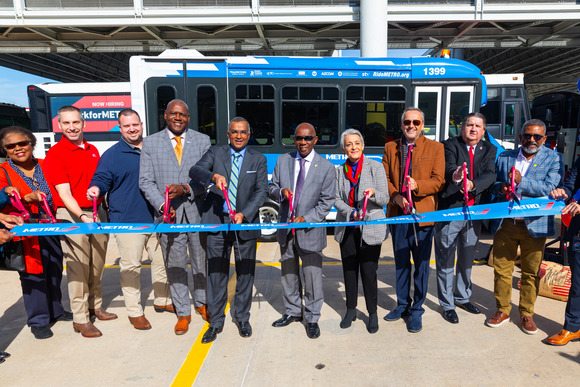Is it a good time to start a car-sharing business? Absolutely.
The car-sharing market is booming – it’s estimated to grow 20% every year and reach a $20 billion market value by 2032. That’s nearly a sevenfold increase from 2022’s $2.9 billion valuation.

Despite app-based vehicle sharing being a relatively new entrant in the mobility ecosystem, it has exploded in popularity. People have been quick to pick up on its convenience and ease of use, especially in urban centers where maintaining a private vehicle grows increasingly costly and bothersome.
This spells an opportunity for entrepreneurs keen to answer real mobility demand.
But what is car-sharing and how does it work? What does the business model look like? And what are the first steps for getting started?
Find the answers below.
What is car-sharing and how does it work?
Car-sharing is an app-based mobility service that allows individuals to rent vehicles on a short-term basis. With this service, users gain access to a fleet of vehicles which are typically stationed throughout a city, ensuring that there’s always a car conveniently nearby.
The user’s journey and benefits of car-sharing
Through an app on their smartphone, users can locate, book, and unlock the closest available vehicle, as well as pay for their journey automatically by adding payment details, thus providing a seamless experience and quick access to a car. Other common benefits for users include not having to worry about fuel or insurance, as those are included in the price.
Cities often encourage the use of shared mobility since it helps decongest streets, free up parking, and minimize the environmental impact of private vehicles on the city. Accordingly, public-private partnerships are common, conferring further benefits for users of this type of shared mobility: free parking, free use of bus lanes, and more.
How does car-sharing work: the business perspective
On the business side of things, the operator is responsible for ensuring that maintenance and logistical tasks for their fleet are taken care of.
This includes regular maintenance tasks, such as vehicle check-ups, repairs, fuel fill-ups, and cleaning. Also, if you have a free-floating model (where users can leave their cars anywhere), the operator should regularly relocate cars to optimal locations for continued user convenience and reliability.
Beyond deploying and maintaining their fleet, operators also oversee the smooth functioning of their mobility app, as well as take care of user verification, namely, ensuring that the people signing up are who they say they are and have valid driver licenses. Of course, like any other business, customer support and other responsibilities tied to running the operation are a given.
The car-sharing business model
So far, we have listed a lot of expenses – maintenance, management, insurance, IT. Add to this salaries, operational overheads, and buying or renting the fleet itself. How do businesses recoup all these expenses and turn a profit?
Note: Since car-sharing businesses operate at scale, they should aim to negotiate lower rates with service providers.
Car-sharing businesses make use of several revenue sources. First and foremost, customers are charged for the time/distance use of the car. Additionally, branding and cross-promotion partnerships (e.g. advertising on the car or the app) are often used to secure additional revenue. It may also be sensible to create membership or loyalty programs to ensure recurring revenue, by offering subscribers added benefits, such as access to premium cars or longer reservation times.
The aim is to have your cars on the road as much as possible, so enterprises typically focus on maximizing vehicle usage and revenue per vehicle. Finding success is about finding balance in a constantly changing landscape – having too few cars may lead to overbooking and dissatisfaction with lack of availability, whereas having too many will lead to inefficient use of resources.

How to start a car-sharing business
As with any business, launching a car-sharing project requires research, investment, development, and strategy. Let’s take a look at each in turn.
1. Market research
When exploring opportunities for starting a car-sharing business, numerous factors must be considered.
Audience and demand
Understanding the demographics, preferences, and behaviors of your potential users is crucial. As is determining the level of demand. Some questions you should answer include:
- Who is my target audience – urban commuters, occasional travelers?
- What are their demographics? How should you communicate with them?
- What segment offers the most promise – B2C, B2B?
Competition
Identifying who’s already operating in your area and why (or why not) can help you get a better grasp of what works and what doesn’t. Some questions you should answer include:
- Who are my competitors – other car/ride-sharing businesses, public transportation?
- How can I differentiate my business from others?
- Has any previous similar business failed in this area – why?
Legal and logistical considerations
Determining whether there are any legal/practical barriers to launching your operations is a smart thing to do before you invest too much time and money into your project. Consider:
- What are the legal requirements for operating this type of business in your area?
- How will you handle insurance and liability issues for your fleet?
- How and where will you run your day-to-day operations? If you’re thinking about going electric – does the area have the necessary infrastructure?
While answering these questions isn’t necessarily a prerequisite for launching your business, dealing with them early on can save you a lot of headaches down the road.
2. Investment
How much capital do you need to launch a car-sharing business?
It depends most on whether you’re planning to rent or buy vehicles for your fleet. While renting is more accessible in the short term, it will take a sizable bite out of your profit. Owning your vehicles is typically the preferred option, as this offers price stability, long-term cost efficiency, freedom of operations, and other benefits.
To get a ballpark estimate for the starting investment, you should add up the total price of cars (EUR 12,000-20,000 per vehicle), insurance, car-sharing software procurement and maintenance, as well as expected operational overhead for getting started. It may also be wise to put aside some funds for unexpected expenses such as repairs.
3. Development and launch strategy
Securing the vehicles and necessary permits can take a while, and you should account for this. During this time, you should put your plans into practice. Establish maintenance protocols and logistical plans for efficient fleet management. Implement user verification processes and responsive customer support for a secure and positive user experience.
As to the IT infrastructure, you can save a lot of resources by choosing a white-label IT solution to power your app and dramatically accelerate your time-to-market. Platforms like ATOM Mobility can equip your business with the app you need – all you have to do is customize it.
Speaking of customization, don’t forget about branding. Create a compelling brand identity and plan for targeted launch and marketing campaigns to generate awareness the moment your business is ready for its first customers.
Your car-sharing business journey starts here
Now you know how to start a business in this industry – entering this thriving market demands a blend of user-centric strategies and astute business decisions. But the key to success is reliable partners that can guide you in the right direction.
Get in touch with ATOM Mobility to discover how you can power your new enterprise the smart way.
This article was originally published by ATOM Mobility.













